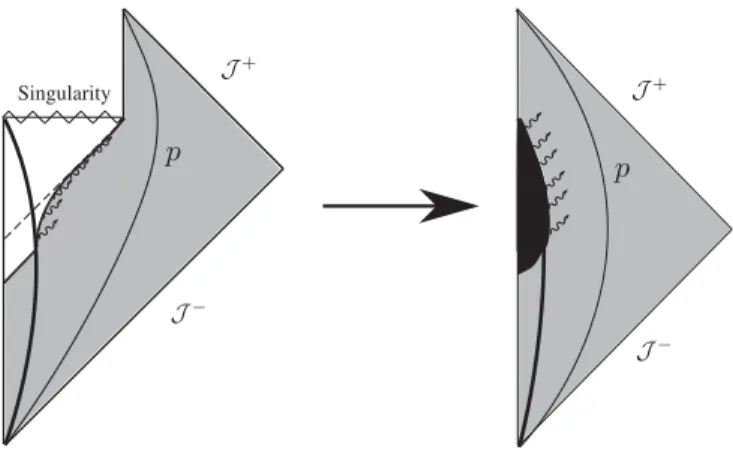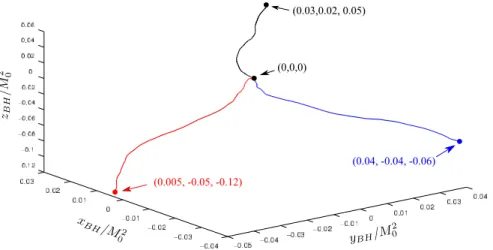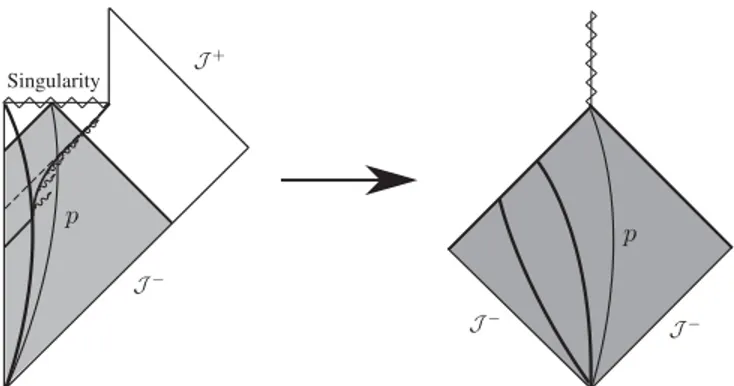Black holes, information, and Hilbert space for quantum gravity
Texte intégral
Figure




Documents relatifs
While the continuous part of the spectrum corresponds to particles emitted at the early stage of the evaporation process, the peaks reveal the deep quantum structure of the black
On the one hand, we construct, in a mathematically rigorous way, the analytic continuation of the number of microstates of a spherical black hole in loop quantum gravity from
We consider the Cauchy problem for the massive Dirac equation in the non-extreme Kerr-Newman geometry outside the event horizon.. We derive an integral representation for the
We apply our model of quantum gravity to an AdS black hole resulting in a wave equation in a quantum spacetime which has a sequence of solutions that can be expressed as a product
Dans le cadre de la mondialisation galopante, L’environnement fait l’objet de préoccupations engagées, tant au niveau national qu’international, en raison de
Decelerating structures with a propagation velocity that gradually decreases to zero at a finite interval theoretically provide complete absorption of the
Annales de l’/nstitut Henri Poincaré - Physique théorique.. Proof of Theorem N.I. DE SABBATA, editor. Quantum Mechanics in Curved Space-Time, Vol. Asymptotic Completeness
